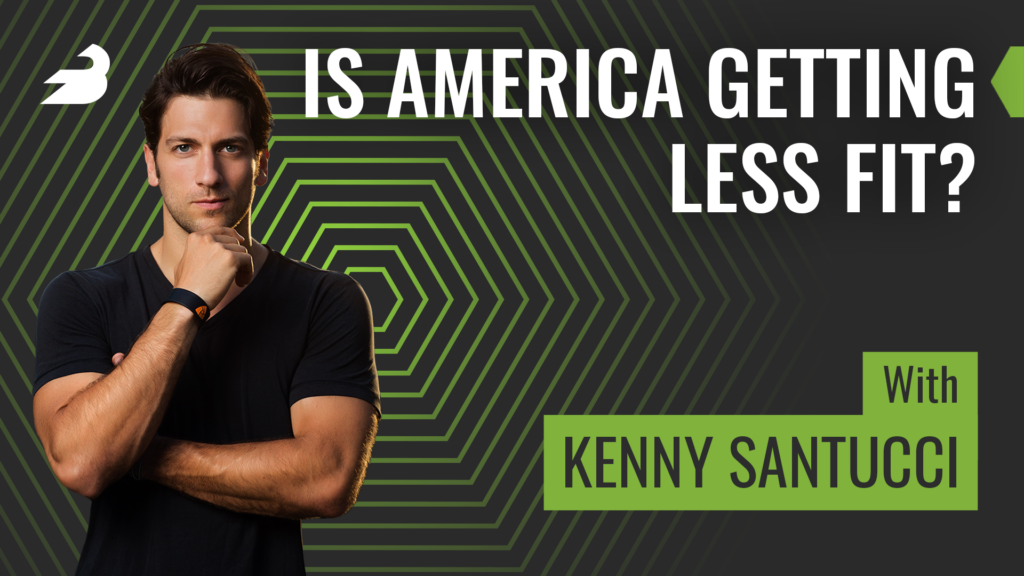Today I’m talking to one of my longtime friends in the fitness space, Kenny Santucci. Kenny is actually joining the podcast for the second time. He’s a trainer, multi-time gym owner, and founder of the Strong New York fitness festival. Today, we’re talking about health & fitness trends, the pitfalls (and triumphs) of owning and opening gyms, and how fitness communities evolve over time. Where is strength training becoming “cool” again, and why are so many Americans still sedentary?

In this episode of The BarBend Podcast, David Thomas Tao and Kenny Santucci discuss:
- How has fitness evolved due to COVID-19? (2:40)
- Did CrossFit lose steam in the past few years? Why didn’t Kenny open a CrossFit gym? (5:00)
- Why “unconventional” movements have such an important impact (and are they really new?) (8:30)
- “New” trends and bodybuilding basics that are once again popular (13:02)
- The in person power of fitness culture (16:30)
- How do we repair connections in the fitness industry? (19:40)
- Why the biggest, most lasting fitness trends include a social layer (23:00)
Relevant links and further reading:
- Follow Kenny Santucci on Instagram and learn more about Strong New York
- Follow David Thomas Tao on Instagram and Twitter